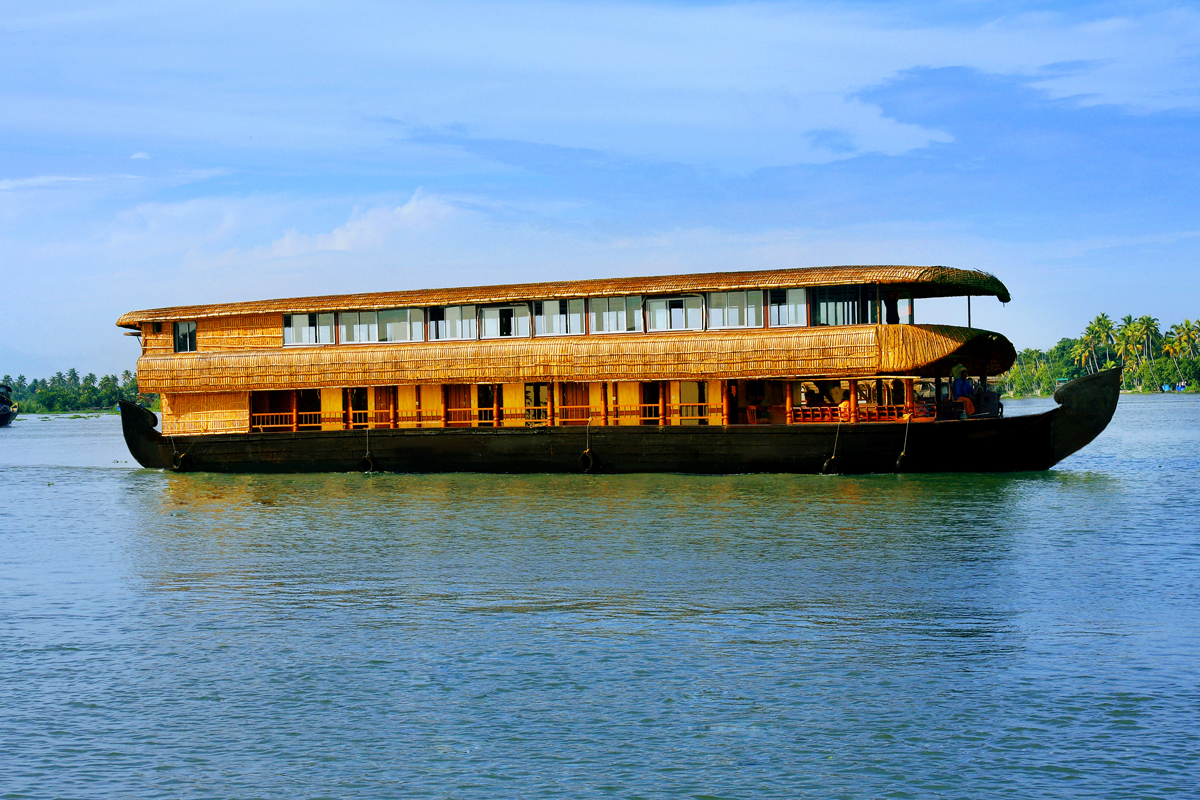Tamilnadu Pilgrim Tour Package in Velankanni
Tamilnadu Pilgrim Tour Package in Velankanni
Velankanni church can be traced to the mid-16th century and its founding is attributed to three miracles: the apparition of Mary and Jesus to a slumbering shepherd boy, the curing of a lame buttermilk vendor, and the survival of Portuguese sailors assaulted by a violent sea storm.
Although all three events resulted in the erection of a shrine, it was the promise of the Portuguese sailors that caused a permanent edifice to be built at Velankanni. The chapel was dedicated on the feast of the Nativity of Mary (8 September), the day of their safe landing. More than 500 years later, the festival and celebration is still observed and draws nearly 2 million pilgrims each year. The Shrine of Our Lady of Velankanni, also known as the “Lourdes of the East”,[2] is one of the most frequented religious sites in India. The Basilica of Our Lady of Good Health was built in the late 16th century with modifications by Portuguese and further expansions later on due to influx of pilgrimages.
The Gothic style of architecture is a unique feature of the church. The church itself is an imposing building with inspiring architecture. While the buildings have been painted white, the roof of the church is made of red tiles, providing a striking contrast to the colour of the walls.
As a token of gratitude to Mary, Portuguese sailors who escaped from a severe cyclone, built a 24 foot by 12 foot shrine with a dome overhead. In their subsequent visits, they brought porcelain plates and other artistic offerings to beautify it. The main ornamentation was a statue of Mary holding her infant son, standing on a globe. The keepers of the shrine eventually built a museum to display the offerings. Periodically this is changed and the new items are added to the showcases.
In the year 1771, Velankanni acquired the status of a parish with Antonio de Rozario as the first parish priest. The church building was raised to the status of basilica in 1962 by Pope John XXIII.
Every year, 10 days of festivals are celebrated in August and September, attracting about 1.5 million people.[3] Masses are conducted in at least eight languages including Tamil, English, Malayalam, Kannada, Telugu, Konkani, Hindi and Marathi







